70 Years of Packard 200 and 250
With the premiere of the 200 and 250 model series in 1951, Packard expanded its program downward. In retrospect, however, this did the brand’s reputation no favors. In the years before World War 2, Packard belonged to the market of big, luxurious sedans as a matter of course. These were also available after the war in the form of the 300 and the Patrician 400. However, these models weren’t visually convincing and were only available as four-door sedans. In contrast, interested customers could order two-door sedans, coupés and convertibles from the competition. Packard only offered this option for the 200 and 250.
Junior models with two engines
Both the 200 and 250 were considered as ‘Junior’ models internally at Packard. They debuted on August 24, 1950 for the 1951 model year and differed in only one feature: the engine. The 200 had a 4.7-liter V8 under the hood, while the 250 had 5.3 liters of displacement. Compared to the larger models, the wheelbase shrank by 127 to 3,099 millimeters. Visually, they adopted the ‘High Pocket’ brand design of the time, with the rear fenders clearly emphasized. However, fewer chrome parts, the omission of the radiator mascot and taillights arranged vertically instead of horizontally provided distinguishing features. Some dealers offered chrome applications for retrofitting. In addition to the 200 sedan, there was a two-door Coupé and the three-seat Business Coupé. For the 250, Packard only offered the Hardtop Coupé and a Convertible. They are instantly recognizable by the three or four jet accents on the rear fenders.
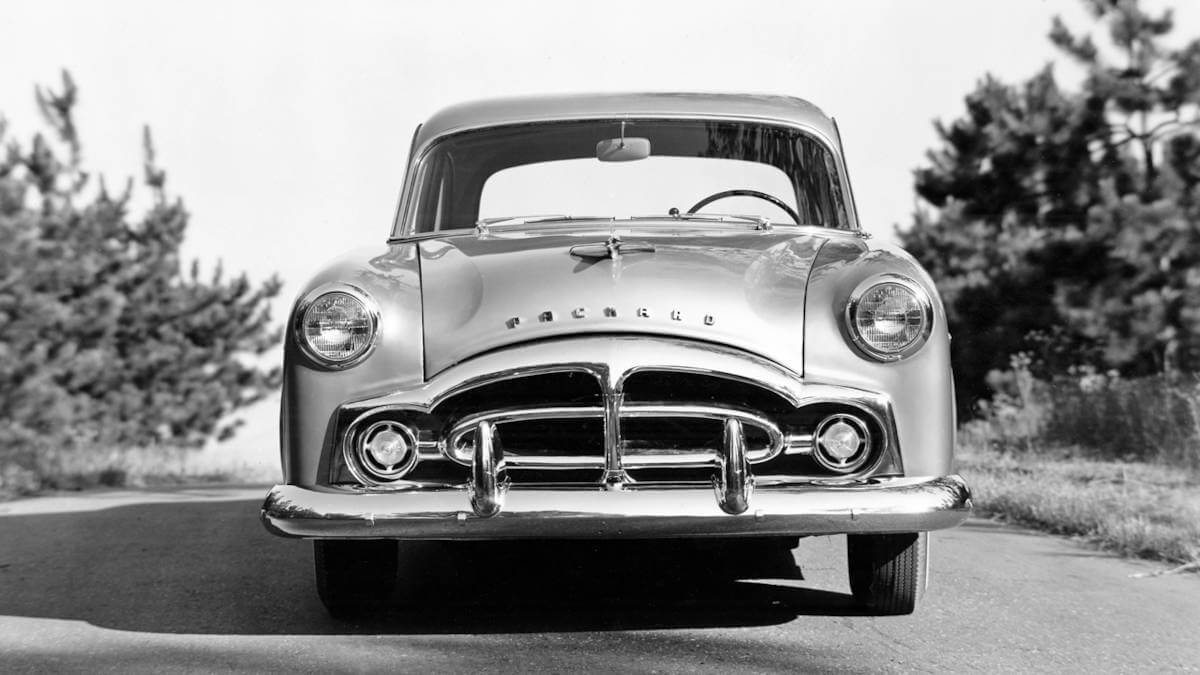















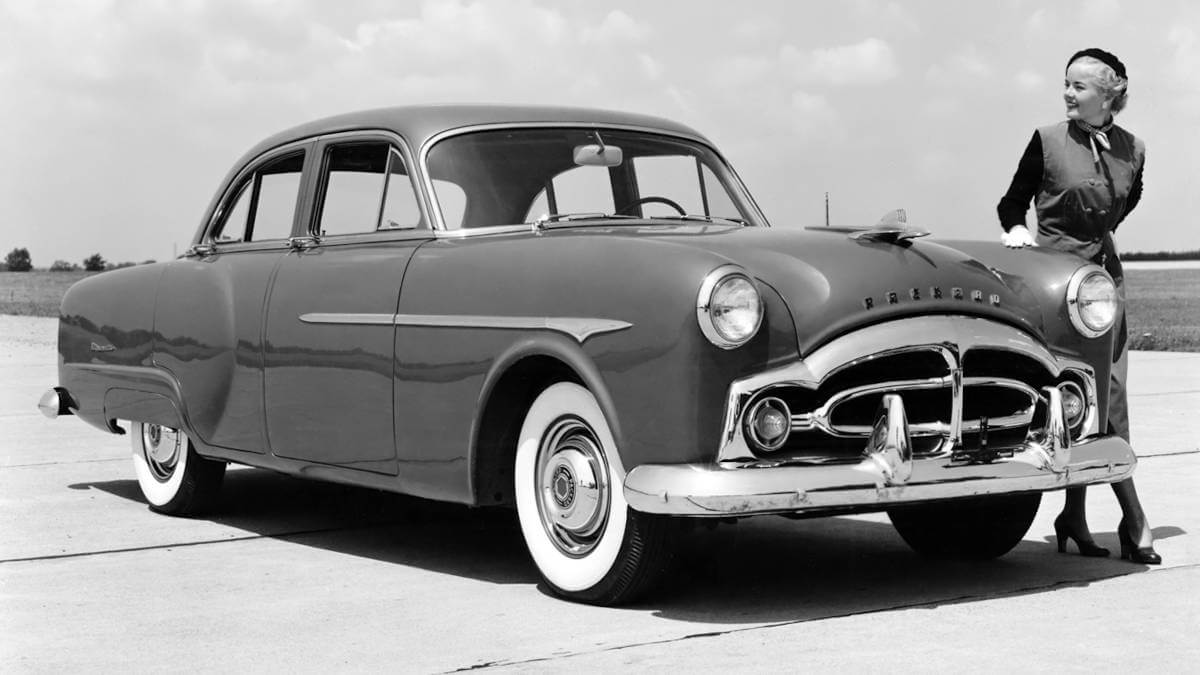



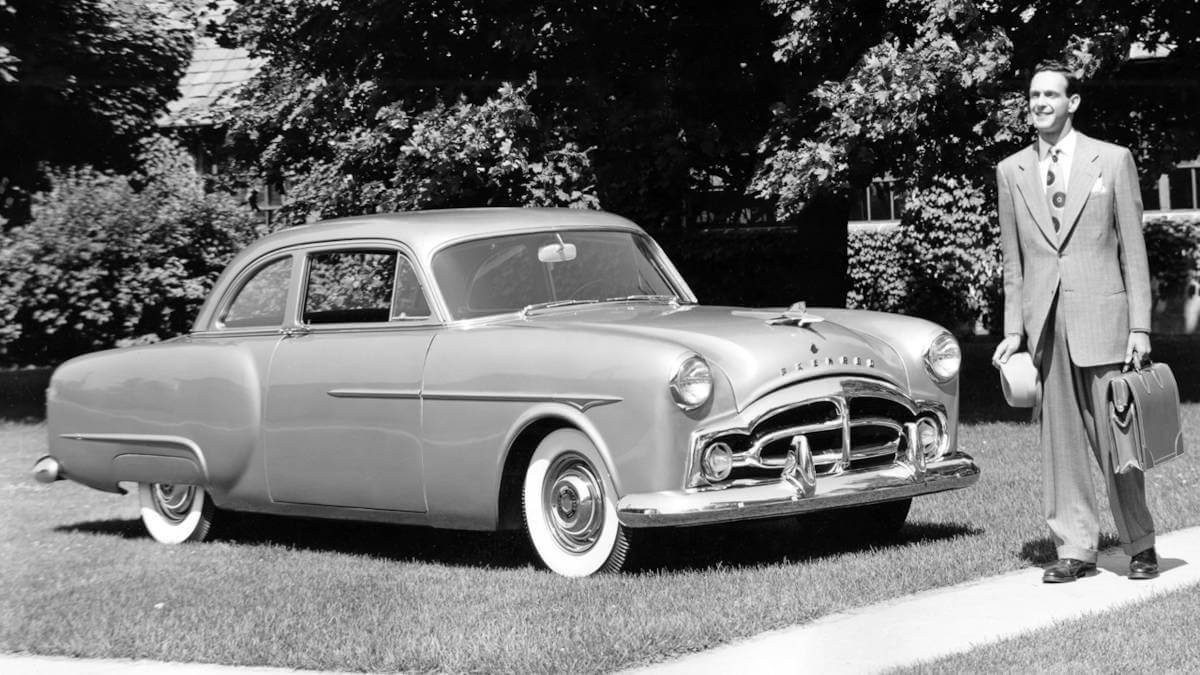







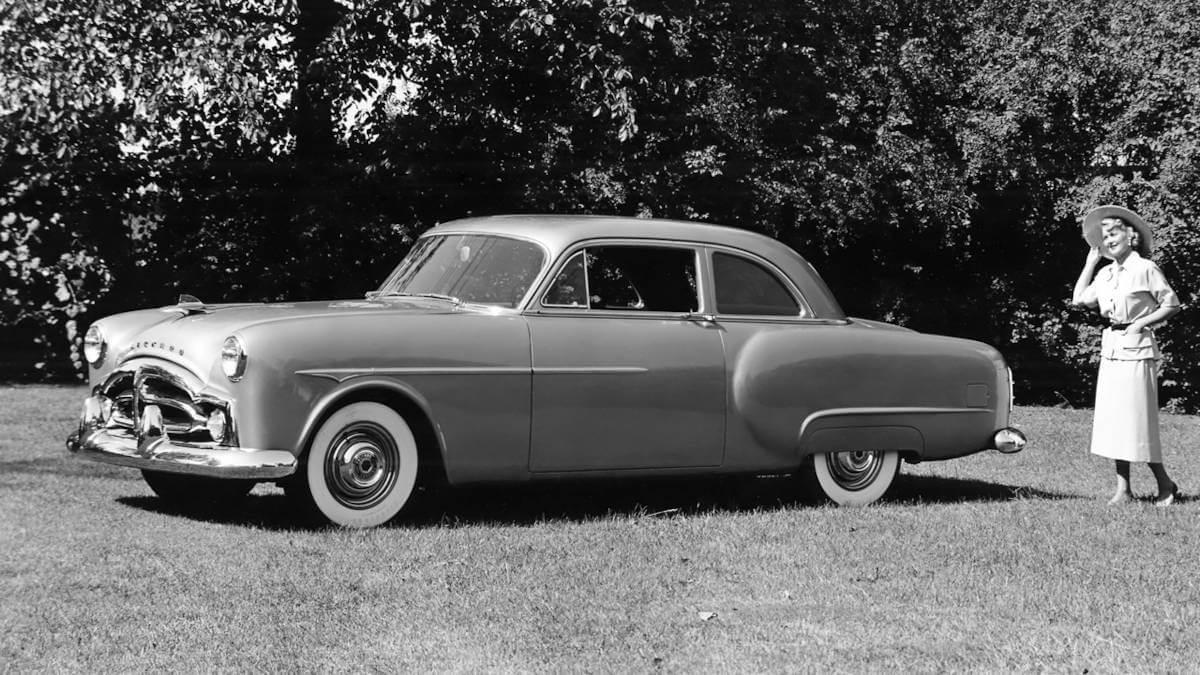



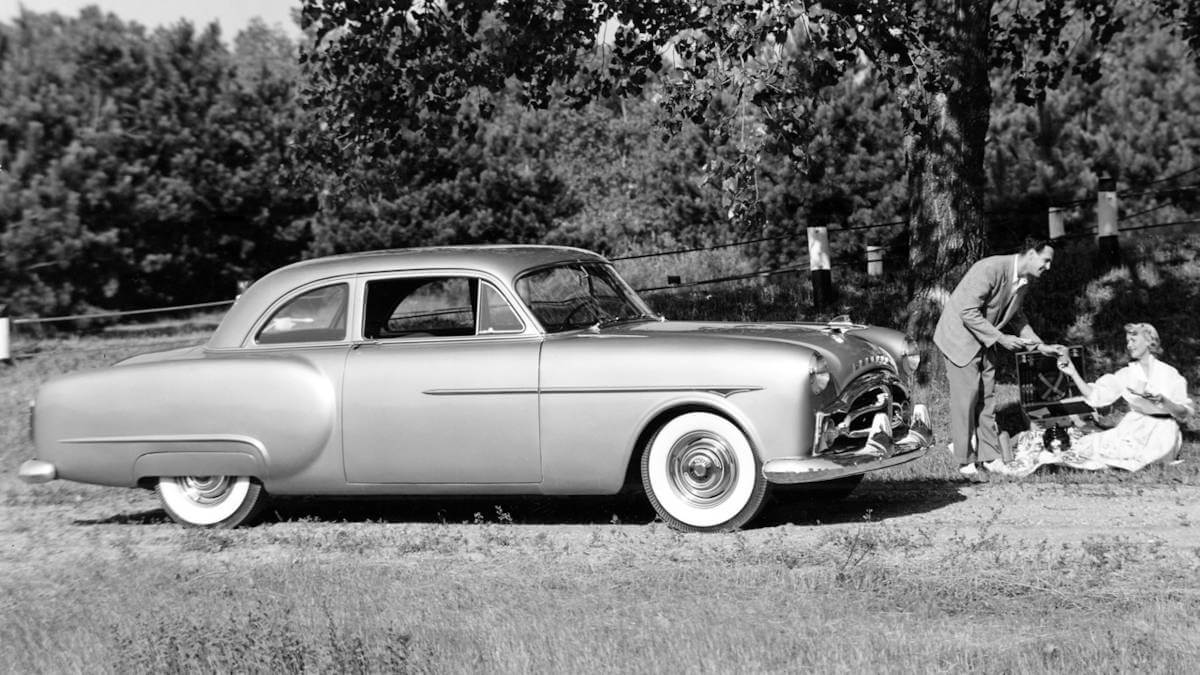



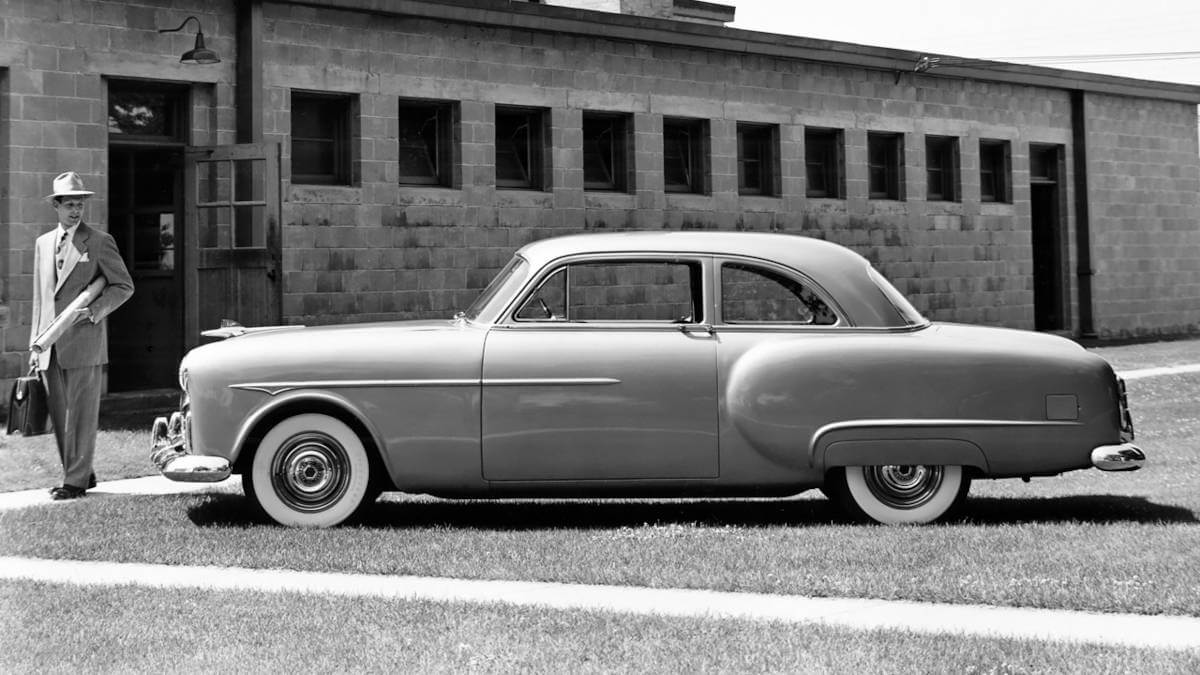



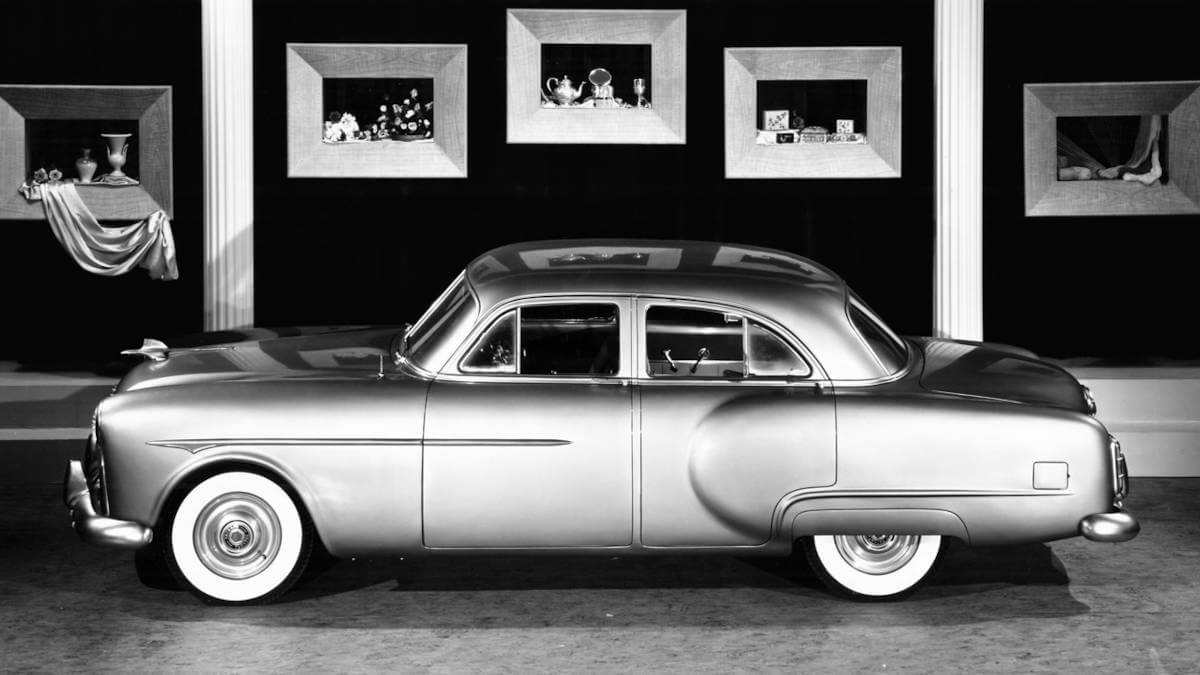



























On request with brake booster for the first time
For entry-level models, the Packard 200 and 250 were each relatively skimpily equipped. In addition to two sun visors and a two-tone horn, standard equipment included front and rear bumper riders, a tool kit and a spare tire. At extra cost, both were available as DeLuxe with additional chrome trim around the turn signals and rims, as well as whitewall tires. Standard details such as a radio, tinted windows, carpets or a heater were only available as options in each case, while other manufacturers offered these details as standard. New and for the first time in automotive engineering, a brake booster called ‘Easamatic’ was used on request. For the 1952 model year, the three-seater Business Coupé was dropped from the program.
The beginning of the end of the Packard brand
Nevertheless, a total of 127,923 units were built before the series was discontinued at the end of 1952. Of these, 64,030 were the standard 200, 54,052 the 200 DeLuxe and 9,841 the 250. For 1953, Packard renamed all models from numerical codes to proper model names. In the process, the 200 and 250 became the Clipper Special and Clipper DeLuxe. However, this renaming didn’t change the decline of the brand. Packard had failed to catch up with the competition in the more luxurious models and to introduce a more modern design. As a result, the financial possibilities for new developments dwindled. More and more customers turned away. In 1954, the company lost its previous supplier for the bodies and had to invest a lot of money in the purchase and conversion of another coachbuilder. In 1956, the Packard plant in Detroit closed. Two years later, attempts to sell Studebaker sedans with Packard logos also failed.
Images: Secret Classics archive




